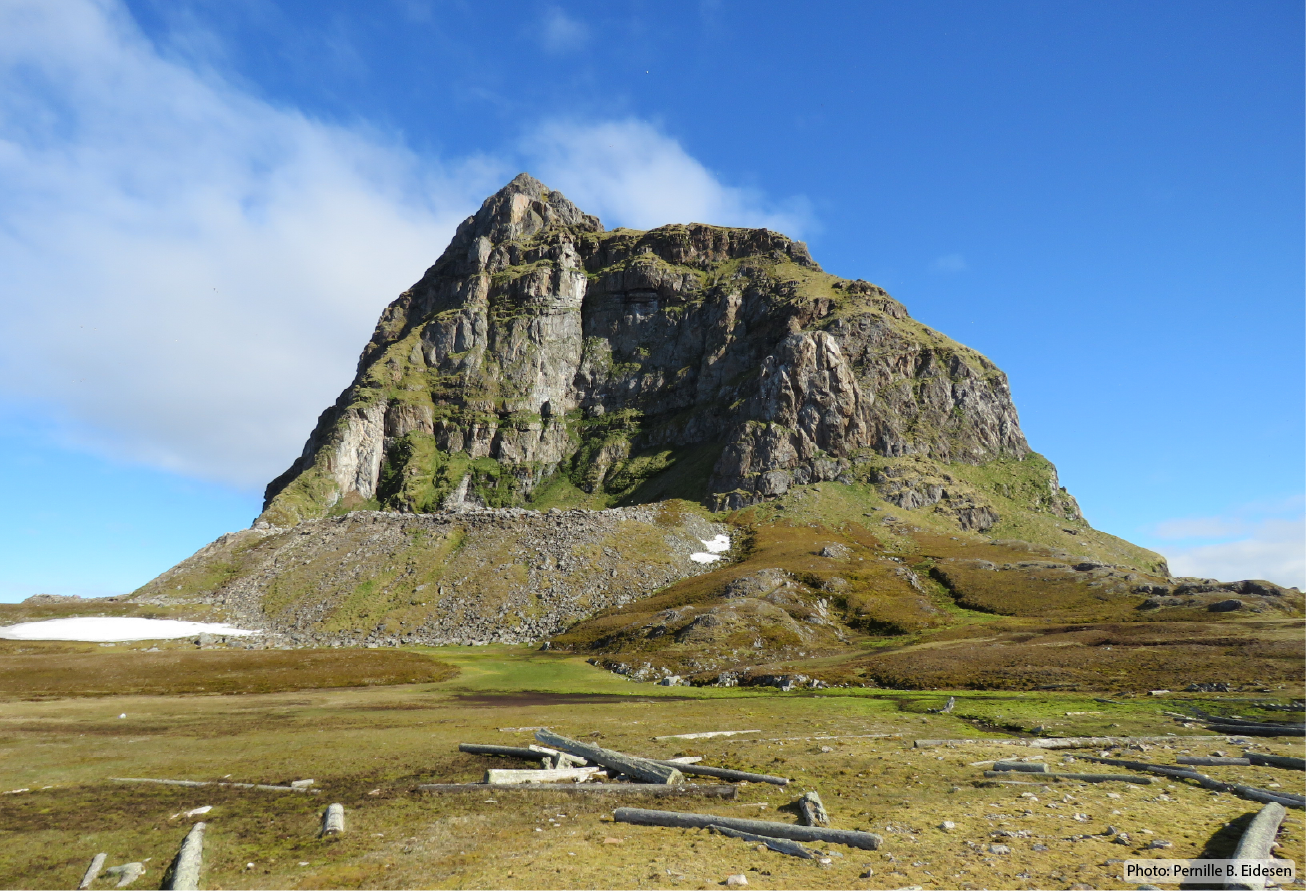A roadmap for developing higher permafrost education in Norden
DOI:
https://doi.org/10.5324/njsteme.v8i2.5127Resumé
We perform a first permafrost higher education curriculum survey in Norden. Permafrost is part of the education within both bio- and geosciences and engineering, and the variation in educational activities reflect this. Five permafrost-specific geoscience and engineering permafrost courses exist, whereas there are 23 bachelor and 25 master courses with a permafrost content ranging from 1% to 50 %. The is large potential and clear needs for closer permafrost teaching collaboration. This could focus on permafrost course development, teaching methods, sharing practical experiences including fieldwork and further developing the educational offer. Such collaboration could establish: 1) An online, joint Nordic specific course on permafrost, sharing the special permafrost competences existing across the universities using digital teaching tools, 2) Nordic collaboration on developing joint, both general but also specific, PhD courses on permafrost, 3) Lifelong education in permafrost, and 4) Internships a part of active permafrost education to better meet the future employers and society’s needs. The Nordic region might also gain largely from establishing an overview-providing interdisciplinary joint Nordic course aiming to characterize the region and its diversity broadly including both natural and social sciences, and naturally covering different topics including permafrost and seasonally frozen ground. The mapping done for this paper will function as a first overall roadmap catalogue providing an overview of all offered courses on permafrost. The overall outcome of our survey shows large potential for increased and deeper inter-university collaboration for further developing joint permafrost higher education both in the form of courses and other educational activities between institutions across Norden, and potentially with ambitions for joint permafrost degrees between several institutions. Based on the presented results and the mapped different future plans for permafrost education across Norden, we discuss the implications of our results, specifically concerning the potential for increased collaboration in Nordic permafrost education. These focus on permafrost course development, teaching methods, sharing practical experiences including fieldwork and further developing the educational offer. In more detail increased collaboration could establish: 1) An online, joint Nordic-specific course on permafrost, sharing the special permafrost competences existing across the universities using digital teaching tools, 2) Nordic collaboration on developing joint PhD courses on permafrost, 3) Lifelong education in permafrost, and 4) Internships as part of active permafrost education to better meet the needs of future employers and society. The Nordic region might also gain largely from establishing an interdisciplinary joint Nordic course, aiming to characterize the region and its diversity broadly and including both natural and social sciences, and naturally covering different topics including permafrost and seasonally frozen ground.
Downloads
Downloads
Publiceret
Nummer
Sektion
Licens
Copyright (c) 2024 Hanne Hvidtfeld Christiansen

Dette værk er under følgende licens Creative Commons Navngivelse (by).
The Nordic Journal of STEM Education licenses all content of the journal under a Creative Commons Attribution (CC-BY) licence. This means, among other things, that anyone is free to copy and distribute the content, as long as they give proper credit to the author(s) and the journal. For further information, see Creative Commons website for human readable or lawyer readable versions.
Authors who publish with this journal agree to the following terms:
1. Authors retain copyright and grant the journal right of first publication with the work simultaneously licensed under a Creative Commons Attribution License that allows others to share the work with an acknowledgement of the work's authorship and initial publication in this journal.
2. Authors are able to enter into separate, additional contractual arrangements for the non-exclusive distribution of the journal's published version of the work (e.g., post it to an institutional repository or publish it in a book), with an acknowledgement of its initial publication in this journal.
3. Authors are permitted and encouraged to post their work online (e.g., in institutional repositories or on their website) prior to and during the submission process, as it can lead to productive exchanges, as well as earlier and greater citation of published work (See The Effect of Open Access

